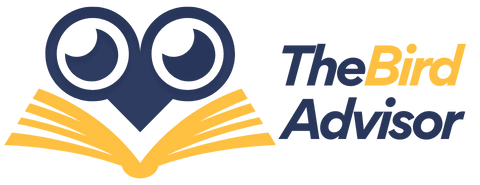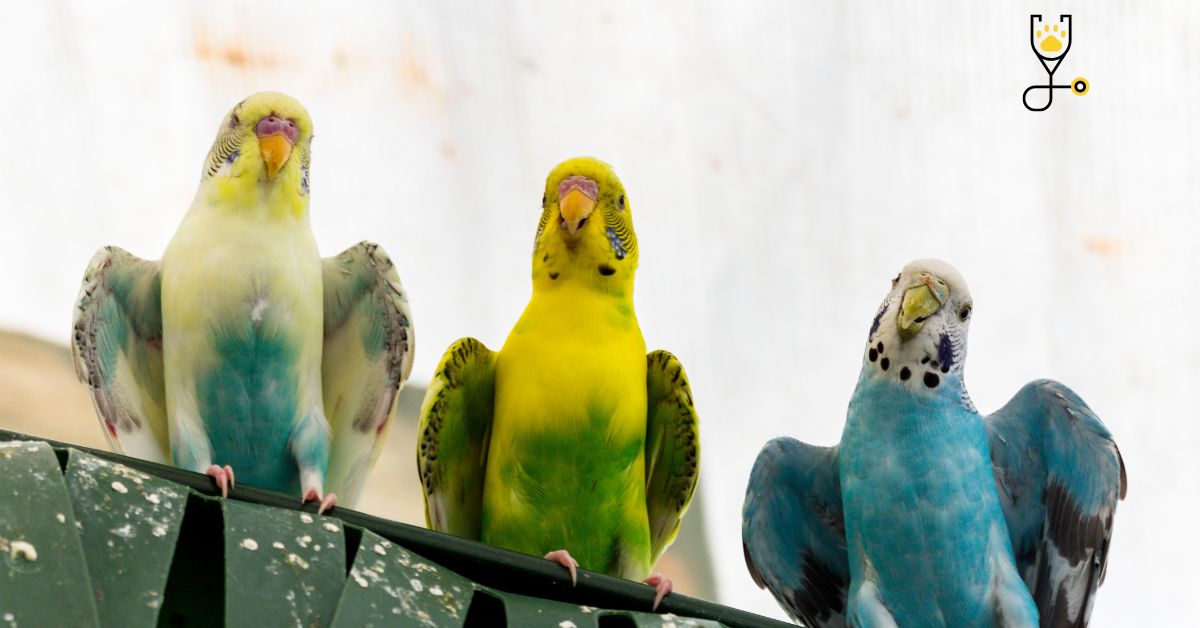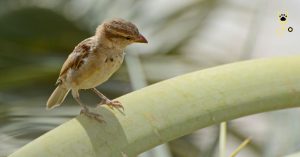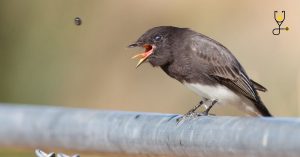Training your bird to wave hello can be an incredibly rewarding experience for both you and your feathered friend. Imagine the joy of having your pet greet you with its little wing, or how cute it would look in front of a crowd at a pet show! The bonding between birds and their owners that results from this kind of training is invaluable, but it’s important to approach teaching them as carefully as possible—birds are intelligent creatures who respond well when they know their behaviors will be rewarded. Fortunately, there are several simple yet effective ways you can train your bird to wave hello—here are 10 top tips on how you can do just that!
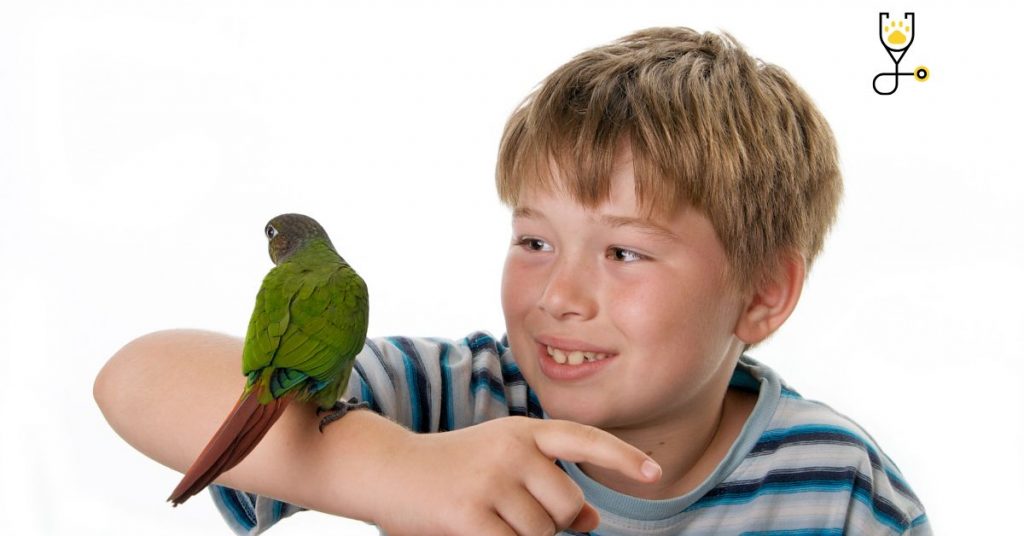
1: Establish an environment of trust and understanding
When you’re teaching your bird to wave hello, it’s important that you create an environment of trust and mutual understanding. Spend lots of quality time with your feathered friend—talk to them, get them used to being handled gently, and make sure they feel safe in their surroundings.
2: Start small
Don’t begin teaching your bird to wave hello right away. Start by introducing them to the concept of commands and rewards—try having them do something simple like stepping onto a finger or perching on a stick, and then reward them with treats or praise when they do it. This will help establish a positive association between the command and its outcome.
3: Introduce the “wave” gesture
Once you’ve established a basic understanding of commands, start introducing the wave gesture itself. Place your hand out in front of your bird and make sure that its eyes are focused on your fingers, then gently wiggle them up and down and say “hello” or another cue word of your choice.
4: Reward them consistently
It’s important that you reward your bird each time they give the correct response to a command. When they wave hello, make sure to praise them and give them a treat—this will reinforce their understanding that the gesture is pleasing to you and will help encourage them to keep repeating it in the future.
5: Practice regularly
Like any task, repetition is key when it comes to teaching your pet bird how to wave hello. Make sure you take some time every day (or at least every other day) to practice the gesture with your feathered friend. Do this for several weeks, and then gradually increase the amount of time spent on the task.
6: Focus on positive reinforcement
It’s best to focus on positive reinforcement when teaching your bird how to wave hello—avoid getting frustrated if they don’t get it right away, and instead reward them for any small steps in the right direction. This will help keep them motivated and make sure that the experience is enjoyable for both of you.
7: Be patient
The process of teaching your pet bird how to wave hello can take some time, so it’s important that you remain patient throughout. Don’t expect perfection straight away—give them plenty of chances to get it right, and remember to reward them consistently whenever they do something correctly.
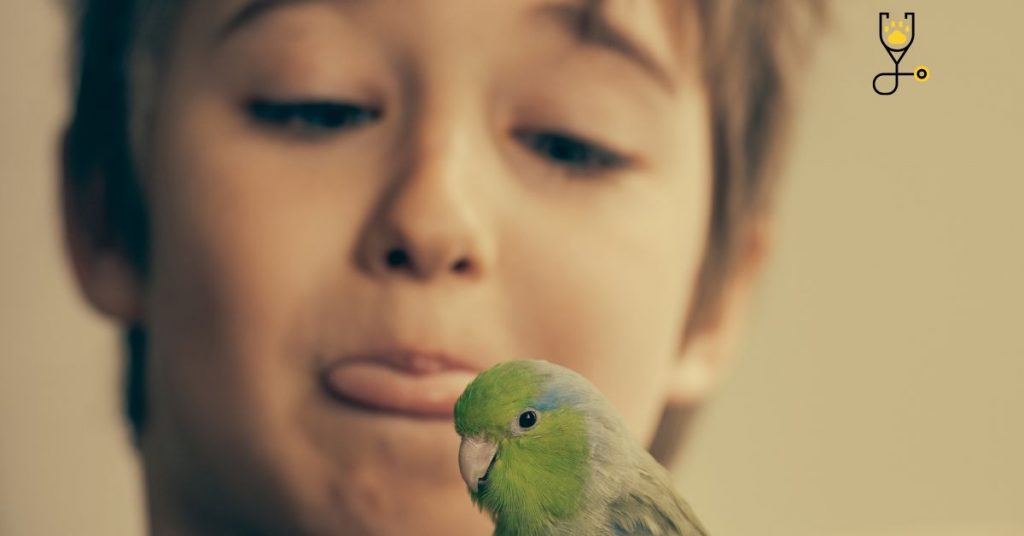
8: Make it fun
Teaching your bird to wave hello is a great way to bond with them, so make sure that the experience is enjoyable for both of you. Spend time talking and cuddling with your pet between training sessions, and give them lots of treats as rewards—this will help keep them motivated throughout the process.
9: Be consistent
Consistency is key when it comes to teaching any new behavior, so make sure you use the same words and gestures every single time you’re practicing. This will help ensure that your feathered friend doesn’t become confused or frustrated by constantly changing cues.
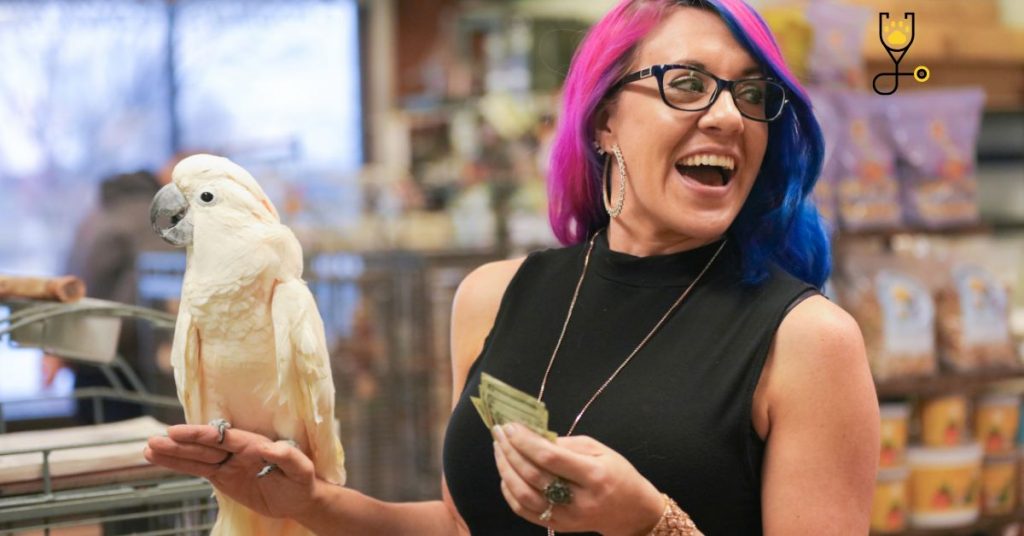
10: Don’t give up
Learning something new can be difficult for birds, so don’t give up if your feathered friend isn’t getting it right away. With patience and some creative thinking, you can help them master the wave hello gesture before you know it!
With these 10 tips in mind, teaching your pet bird to wave hello is sure to become a fun and rewarding experience for both of you. Just remember to be patient, and consistent, and use positive reinforcement whenever possible. Before long, you’ll have a very happy feathered friend who loves showing off their new skill!
Conclusion
Teaching your pet bird to wave hello is a fun and rewarding process that can help bond the two of you. Just remember to start small, reward them consistently, and be patient—with enough practice and positive reinforcement, they’ll soon become an expert at saying hello! Good luck!
Frequently Asked Questions
Q: How long does it take for a pet bird to learn how to wave hello?
A: The amount of time it takes for your feathered friend to master the skill depends on their individual learning ability and your consistency with training. Generally speaking, however, most birds can learn the gesture within a few weeks with regular practice.
Q: Is it necessary to reward my bird when they do something correctly?
A: Yes! Rewarding your pet bird with treats or verbal praise after they’ve done something right will help reinforce its understanding that the behavior is pleasing to you and will encourage them to keep repeating it in the future.
Q: What should I do if my bird doesn’t seem to understand what I’m teaching them?
A: If your pet bird isn’t responding to your training, it may be helpful to step back and give them a break. Try re-introducing the gesture in different ways or from different angles. You can also try giving them more time between training sessions so that they have time to process and practice on their own. Don’t forget to reward any small steps in the right direction! With patience and perseverance, you will eventually succeed in helping your feathered friend learn how to wave hello.
Q: What if my bird starts to get frustrated during training?
A: If your pet bird appears to be getting frustrated, it’s important that you take a break and reassess the situation. Make sure that you’re giving them enough time to process what they’re learning, and try changing up the way in which you’re teaching the gesture. Above all else, remember to remain patient—with practice and positive reinforcement, your feathered friend will soon have a new skill under their belt!
